By Liz Allen, Preservation Erie
Erie County’s story spreads out across the land and spills out across the water. Our tales are told through architectural treasures and our narrative is shaped by our natural environment. We’ve unearthed our roots by preserving our immigrant past, while we continue to reinvent our future by welcoming new Americans.
Those are some of the take-aways from the new “Erie County, PA Cultural Heritage Plan.” Funded by a grant from the Pennsylvania Historical and Museum Commission, with additional financial support from Erie County, Preservation Erie and the Erie Community Foundation, the cultural heritage plan was formally adopted by Erie County Council on Aug. 22.
The report, divided into seven parts, offers a sweeping look at the influences and the institutions that define Erie’s cultural heritage. T & B Planning, Inc., prepared the report, with help from a 20-member task force, as well as input from members of the public.
The report is a good read on the Erie region’s history, but it also provides a framework to discuss and shape Erie’s future by pointing out the benefits of preservation: spurring economic prosperity, providing social enrichment, practicing environmental responsibility and educating both students and skilled workers.
The report opens by tracing Erie’s founding to the French and Indian War, which set the scene for Erie’s development “around shipping ports, roads, oil discoveries, the Erie Extension Canal and railroads,” as the Executive Summary states. “This rich history bestowed an incredible wealth of resources upon the county’s residents. Assets range from tangible items such as buildings, collections of buildings, sites, objects, and landscapes, to intangible resources expressed in authentic expressions of culture and ethnicity. Shipwrecks are even among this list, just one example of the unique assembly of assets found across Erie County.”
The report cautions about what can occur if preservation efforts are stymied. “Although it maybe be too early to tell how many of Erie County’s older spaces, and which new ones, will be the vessels of new homes and business, once a building is lost, it is lost forever.”
Of course, Erie County hasn’t quite reached consensus about what should be saved. “Some people consider many Erie County historic and cultural resources as ‘outdated,’ ‘deteriorated,’ and ‘ready for the wrecking ball,’ while others see the exact same resources as ‘valuable,’ ‘unreplaceable’ and ‘assets that must be saved at all costs,’” the Executive Summary states. “In reality, both of these mindsets are likely true, depending on the particulars of the situation.”
Yet without this report, it would not be feasible to even debate the “particulars.” You can’t judge whether something is worth saving if you don’t know it exists, and that is one big benefit of this study. It documents assets and also pairs this list with data on the “cultural resources most valued by Erie County stakeholders.” At the top of that list? Festivals and events, according to 78 percent of participants, who were invited to rank cultural expressions as they relate to quality of life in Erie County.
Other factors with high ratings included Erie’s maritime history (78 percent); museums and art galleries (75 percent); and Presque Isle/Lake Erie (71 percent).
Looking at just those four measures, it becomes easier to see how and why citizens can be enlisted to support cultural assets. We need Presque Isle State Park and Lake Erie to be clean and healthy because we use our lake and bay for swimming, boating, fishing and other recreational pursuits. Erie also has the Erie Maritime Museum to tell and interpret the story of Erie’s role in the Battle of Lake Erie, while the Tom Ridge Environmental Center at the entrance to Presque Isle explores the ecological history of the lake, the formation of the state park and the safeguards needed to protect this natural treasure. Locals, newcomers and visitors who support the Maritime Museum and TREC can also be drawn into supporting the region’s many other museums and art galleries.
And how would Erie residents take part in our many local festivals and events without the historic institutions that provide the setting for those festivals? The Zabawa Polish festival, the Troika Russian festival, the St. Paul’s Italian festival and the St. Patrick’s Irish Festival, for example, would not be possible without the immigrants who populated those communities and the institutions that sprung up to serve each wave of newcomers. Erie’s “Cultural Heritage Plan” provides the tools to make connections between that history and the way we live, work and play today – whether we live in the city, the suburbs or the rural areas.
The plan got a practical workout during the “Historic Rehabilitation and Community Revitalization Workshop: Historic Preservation, Housing and Jobs,” on Oct. 17 at the Erie Intermodal Transportation Center. The workshop attracted a capacity crowd of community leaders, government officials and civic-minded citizens to learn the nuts and bolts of how historic tax credits work at the national and state levels.
Participants learned that both processes are complex, but they also discovered that there is broad agreement, not just in Erie County but in northwestern Pennsylvania, that historic preservation is key to driving our regional economy.
“Preservation is not just of the built landscape, but the traditions and experiences that helped to build our identity,” Melinda Meyer, president of Preservation Erie, told the group. “We know people are drawn to historic properties. When one neighbor fixes up a window, there’s a domino effect … It continues through a neighborhood and down the street. It’s the same for historic properties … Our historic structures attract small businesses and entrepreneurs.”
But the “Erie County, PA Cultural Heritage Plan” cannot be a static document. The report gives three specific goals to cover capacity, stewardship and awareness, and strongly recommends that a “circuit rider” be hired to implement this plan. Preservation Erie is in the process of exploring grant opportunities and other funding sources so that circuit rider position can be created and filled.
In the meantime, we invite you to page through our cultural plan by visiting www.preservationerie.org. We think you will be amazed at the wealth of historic treasures in Erie. And we are happy to show off our assets – our beautiful lakefront, our aromatic vineyards, our historic downtowns and main streets – to anyone who visits, anytime.
LIZ ALLEN, a retired journalist, is a board member of Preservation Erie. She was the public editor at the Erie Times-News and wrote a Sunday column for the City & Region page, oversaw the newspaper’s Editorial Board, wrote daily editorials and edited contributed columns for the Op-Ed page. Many of her topics involved the current state and future of Erie neighborhoods.
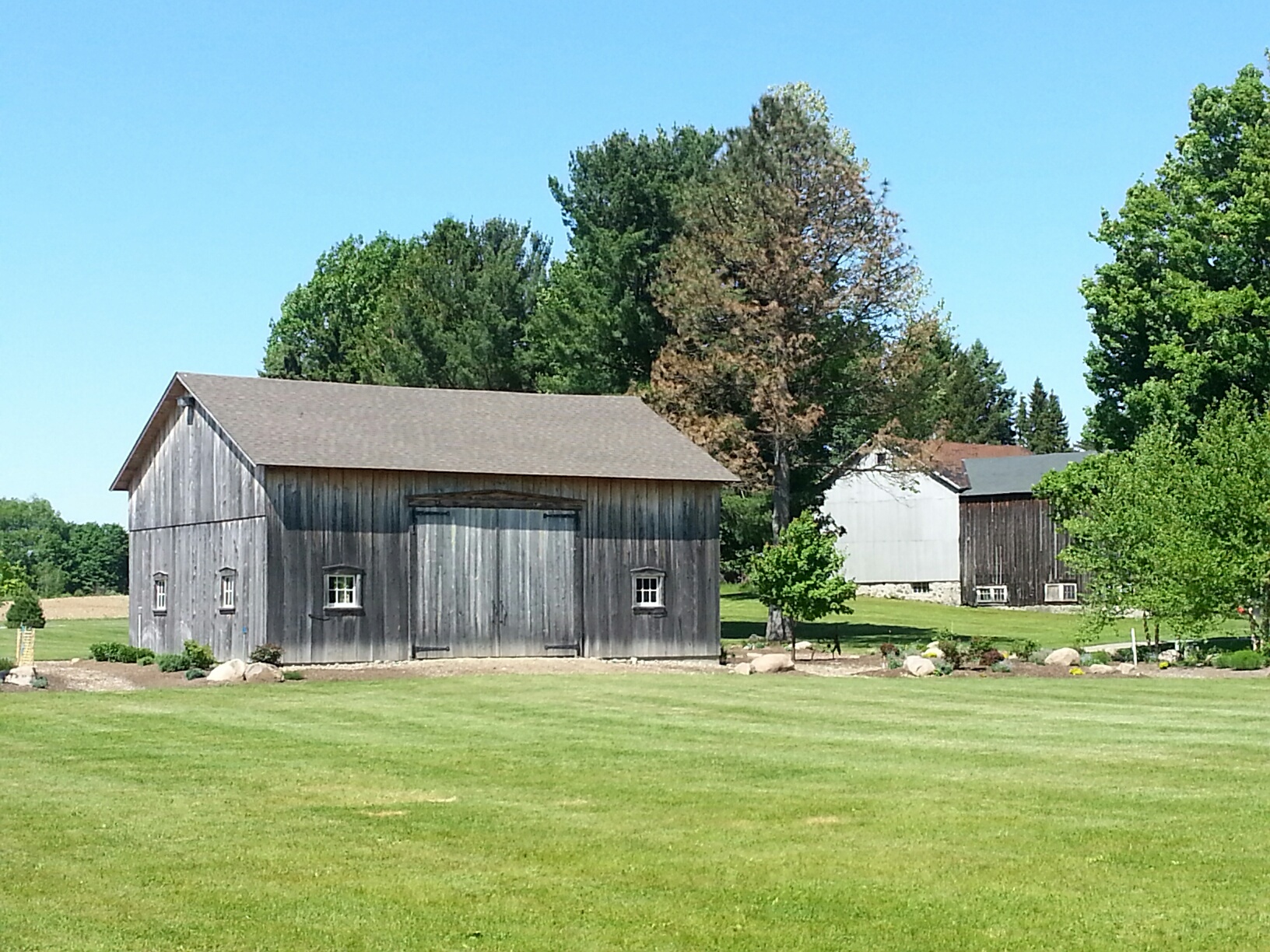
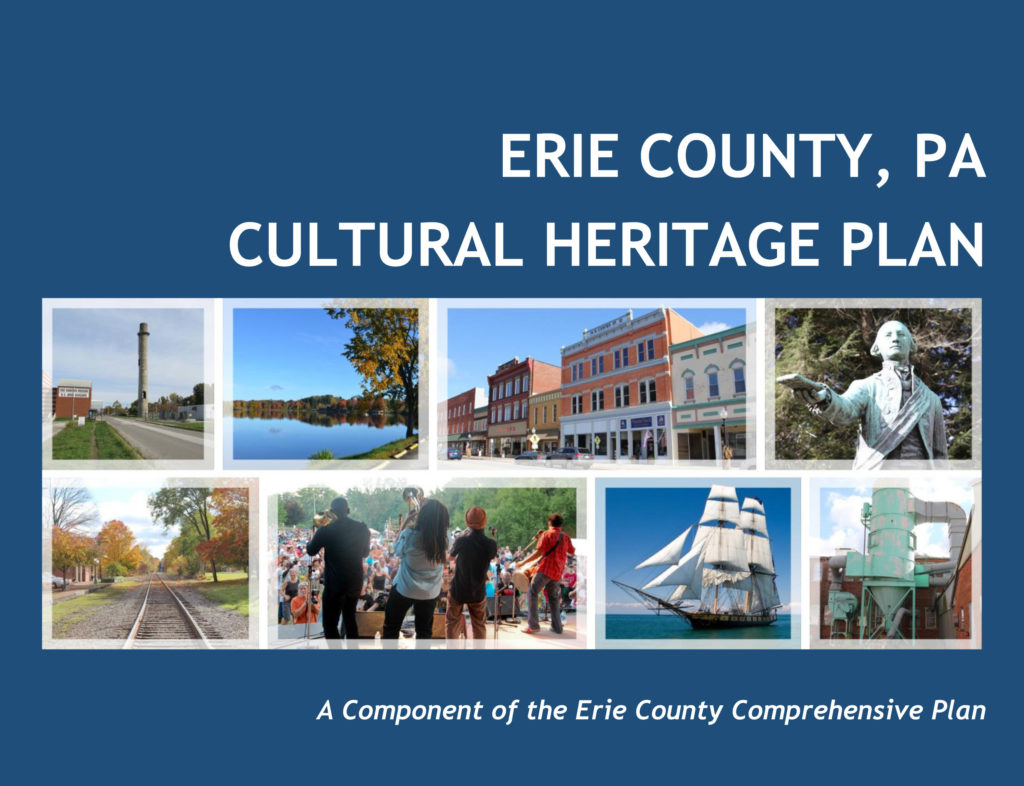

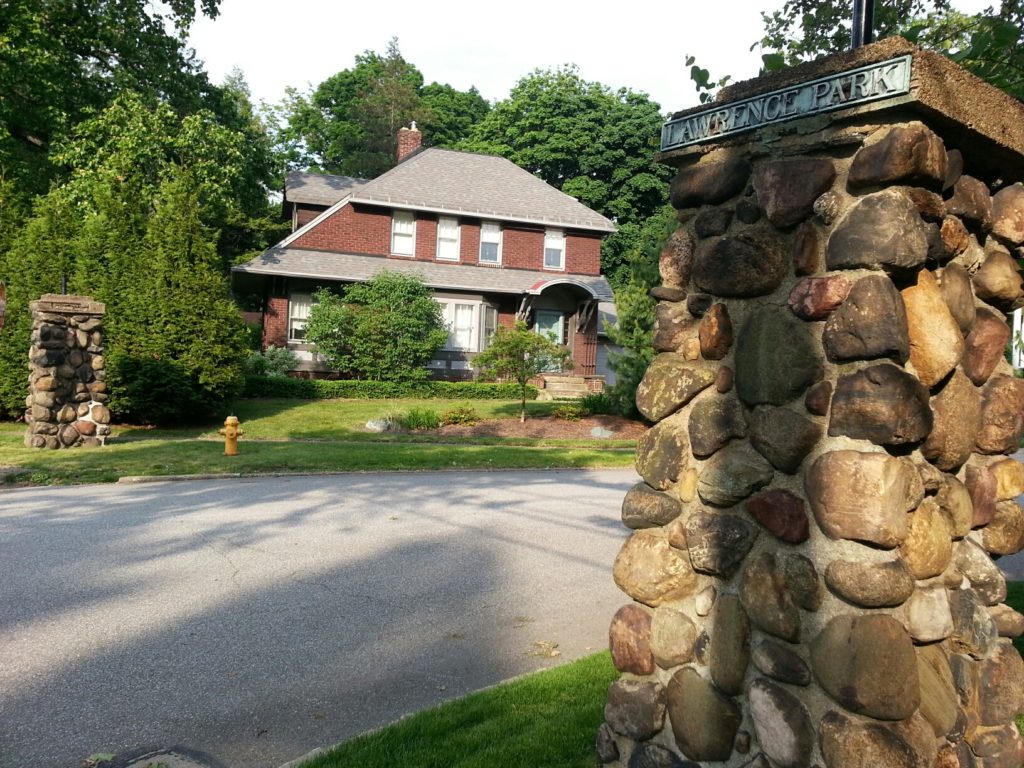
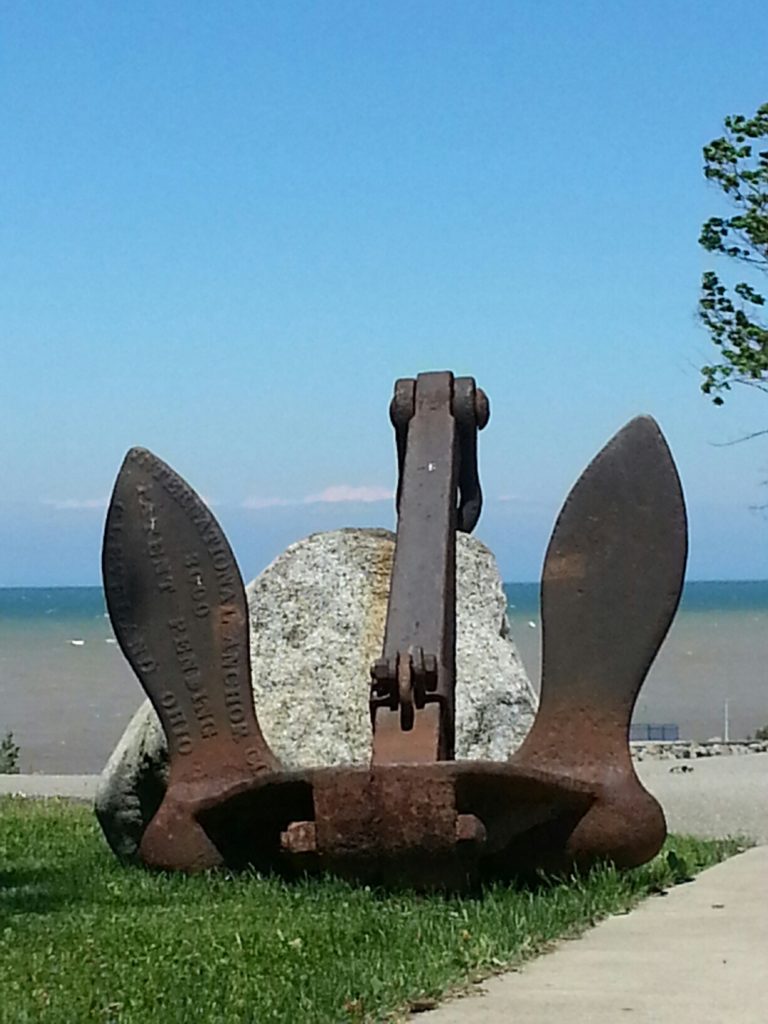
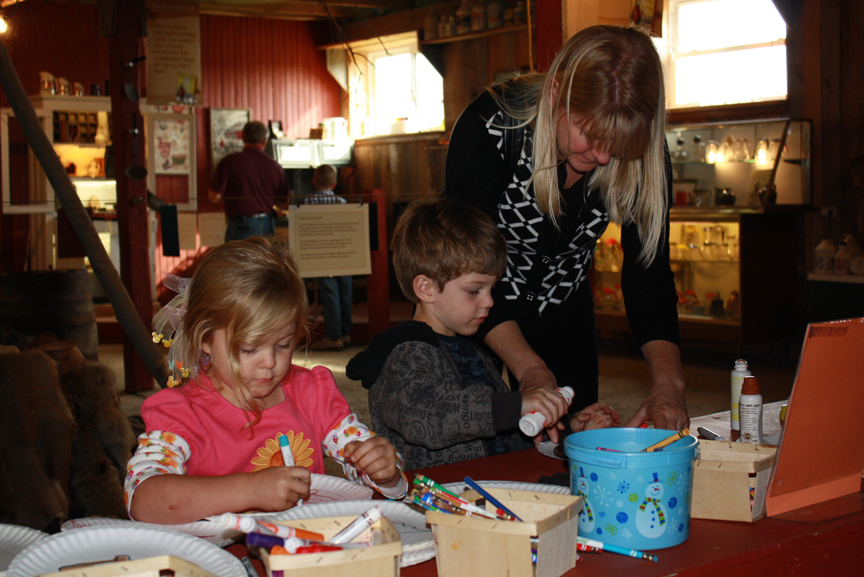
Outstanding work! Thank you Erie County and Preservation Erie for your leadership.
PHMC was pleased to be a funding partner to the Erie County Cultural Heritage Plan through the Keystone Historic Preservation Grant program. The project team was great to work with during the grant period. Best wishes as you implement the plan.
This is great work! A model to be encouraged. So we will look to see how its implementation engages individuals and organizations across the region! Show us what you can do!
Thanks!